
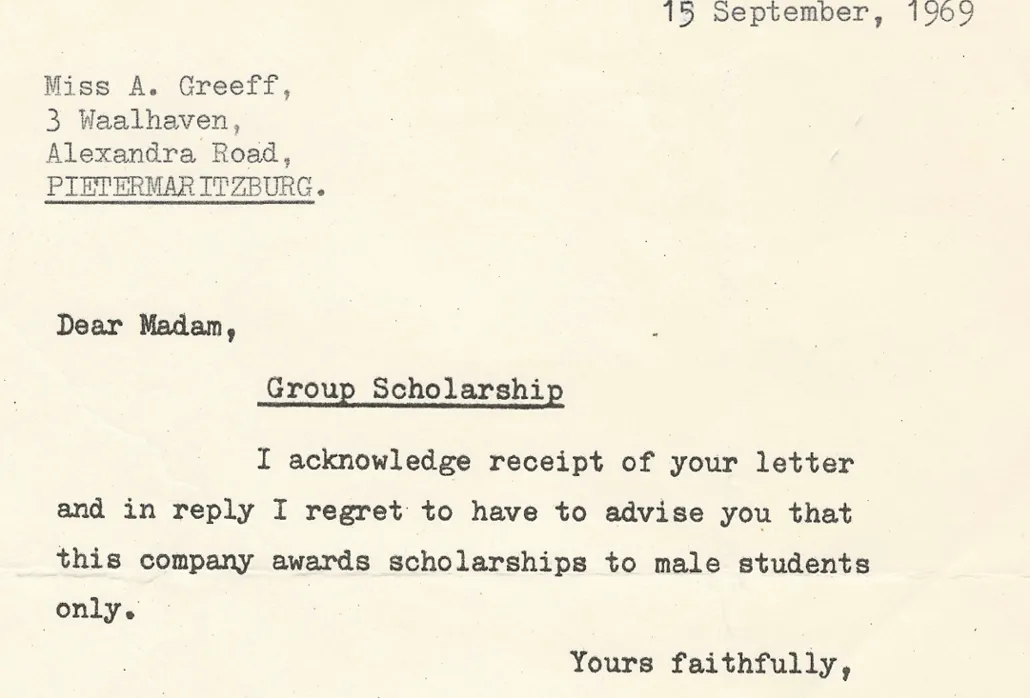
Coming from a working-class background, the challenges began even before I got to university – access to bursaries. I must have written and posted at least 50 letters by snail mail to manufacturing companies, mining houses, parastatals and anyone else who advertised bursaries, only to be told that engineering bursaries were for male students only – see the classic letter, addressed to Miss Greeff (my maiden name). Imagine, would such a letter be acceptable today?!
Thanks to SAICCOR, the Sappi pulp mill in Umkomaas, I finally got a scholarship and could follow my dreams. They supported me throughout my studies and followed my career and encouraged me for many years after I graduated. Thank you SAICCOR! I also got a small academic bursary and the Olive Shreiner textbook bursary of R80 for three years. Combined with giving scholars extra maths lessons, I was able to cover my tuition fees and living costs for the four-years.

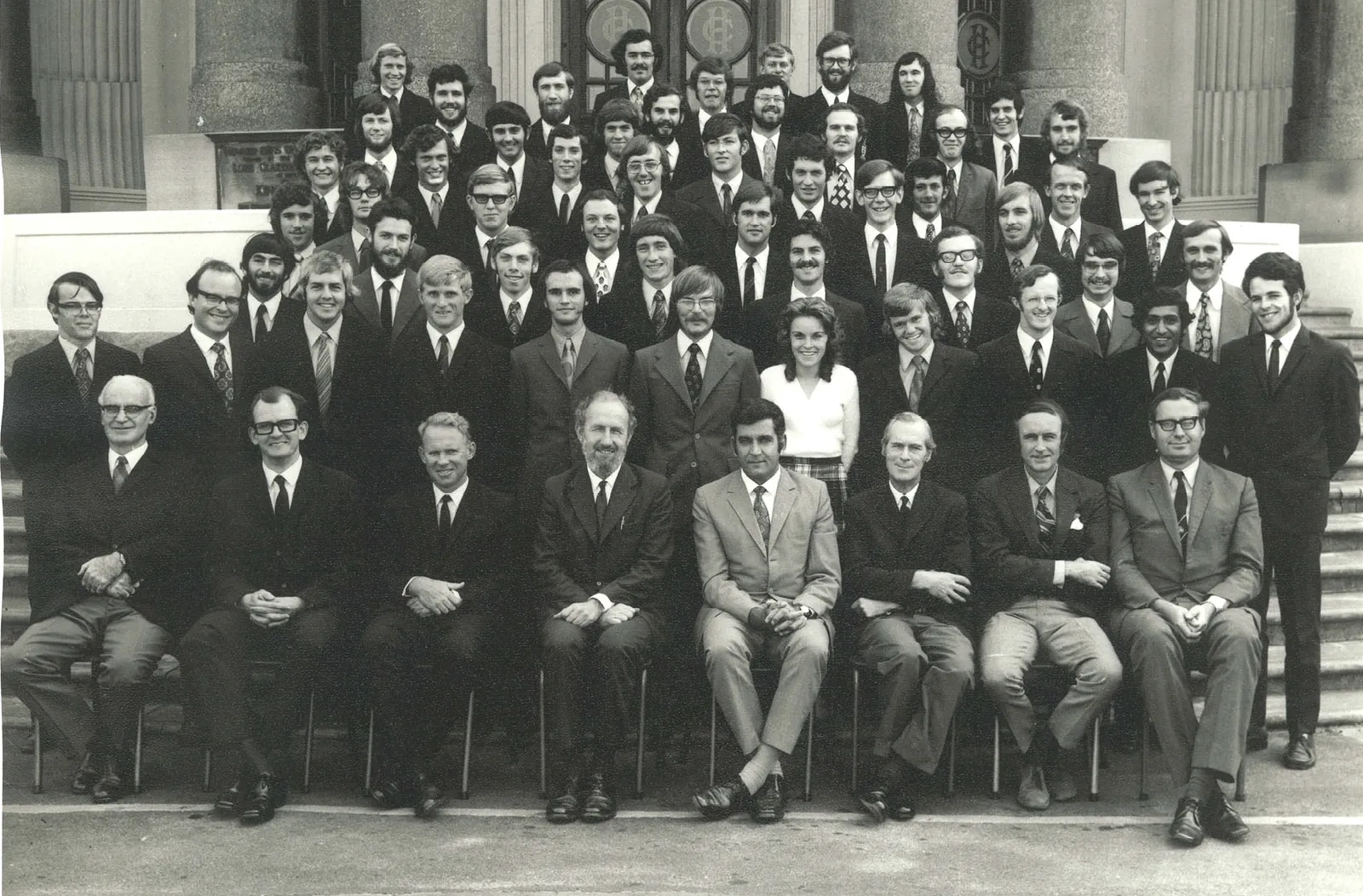
After a year registered as an electrical engineering student, I found that electrons would not do what I thought they should be doing and longed to swap to civil engineering. When I went to discuss my unhappiness about electrical engineering at the Registrar’s Office, I was lucky to be able to speak to another advisor who suggested that we approach the late Prof. Ken Knight, who was head of civil engineering at Natal University. He was delighted with the idea of having a female in his class and committed to the Assistant Registrar that he would find me my first job, which he did!
In combined classes, I was the only female in a group of some 270 engineering students and had to learn how to endure wolf whistles and much teasing, but it was fun! The photo shows our final year civil engineering class of 1973 with the lone female 😊.

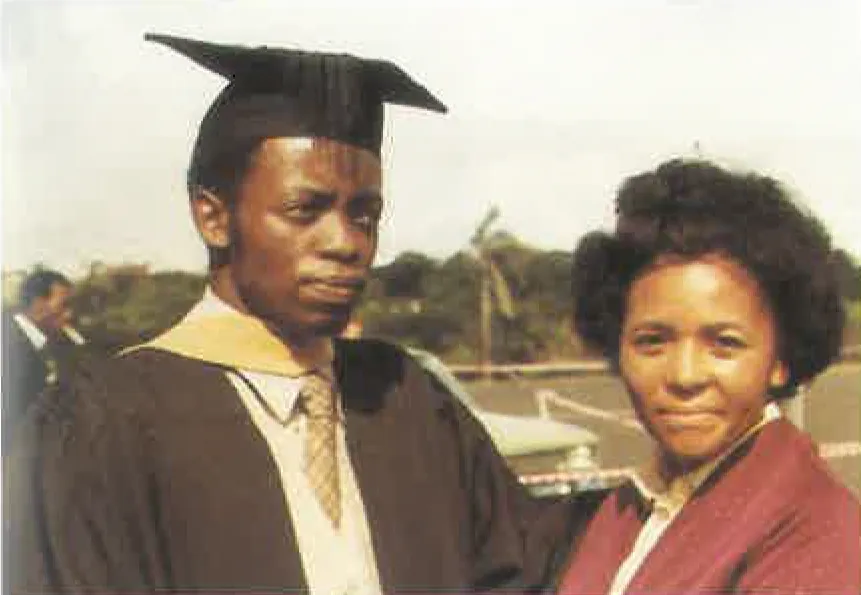
In parallel with my struggle to study civil engineering, Trueman Goba was having an even greater battle. As an African student, it was necessary for him to get permission from the government of the day to study at Natal University, as since the withdrawal of academic freedom in 1959, African students could not register at a ‘white university’ without first showing themselves worthy as technicians. He thus first completed a national diploma in survey in Seshego just north of Pietersburg. His first application was rejected, but he persisted and was eventually allowed to enrol in 1976 and completed his studies in four straight years in 1979.
Trueman and I were born a couple of days apart – but his journey to graduation took 6 years longer than mine due to the politics of the day. He has gone on to achieve great things, including being awarded no less than three honorary doctorates for his role in paving the way for black engineers.

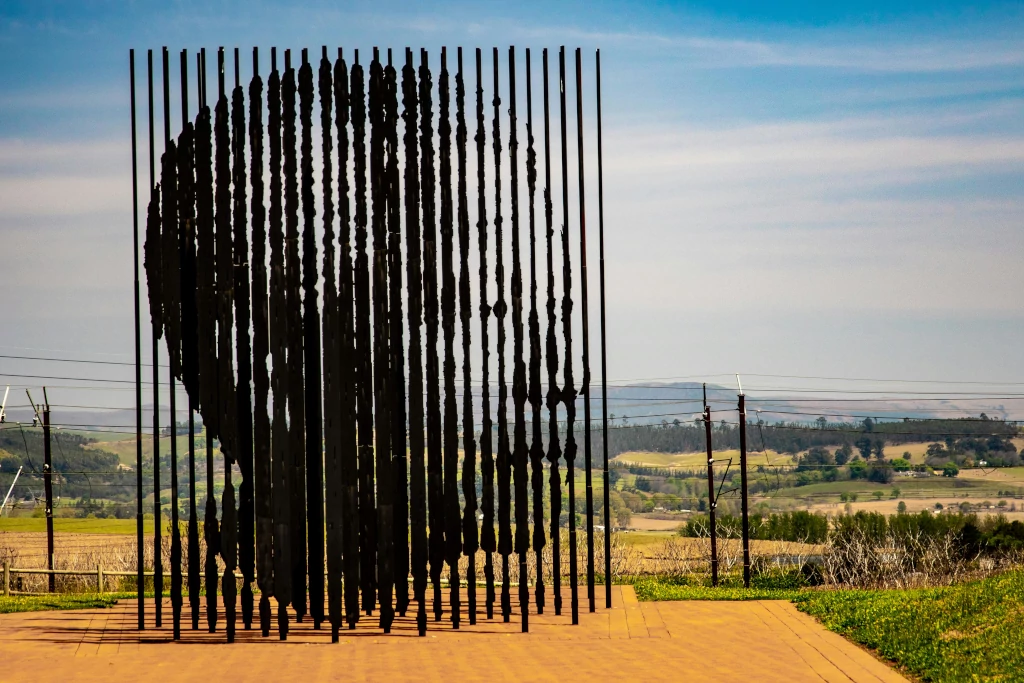
My career from 1974 was varied, including consulting in the then South West Africa and Johannesburg, completing a Masters’ degree at Imperial College London, working for a steelwork design and construction company in the British Midlands and being a pioneer in the development and marketing of local structural, civil engineering, CAD and GIS software. The civil engineering and CAD programmes were the forerunner of Civil Designer and AllyCAD from Knowledge Base.
During this time, I became involved in the Structural Engineering Division of the Institution of Structural Engineers in London, later becoming an International Vice President. In 1994 the division merged with the SAICE Structural Division to become the Joint Structural Division, of which I was the first Chair.
In 1990, the late Nelson Mandela was released, signalling great changes for the future, and the development of the Rainbow Nation. Transformation of the student population will be seen when comparing the infographics from 1990 with 2000.

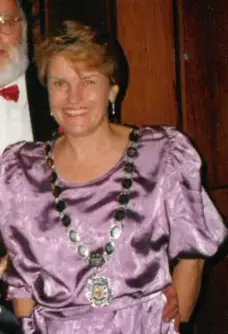
2000 was a wonderful year as I became the first female president of the then 97-year-old South African Institution of Civil Engineering (SAICE). Visiting all the divisions and branches to understand all sub-disciplines and challenges per area was fascinating, crowned by the opportunity to be the guest speaker at the 30th anniversary celebrations of the Ghana Institution of Engineers in Accra and an invitation to attend the annual conference of the American Society of Civil Engineers (ASCE) in Seattle. My presidential speech challenged all in the industry to embrace change and contribute to Making a Difference i.e. Going MAD
When I became the first SAICE female vice president, I made a point of getting to know all the infrastructure ministers who welcomed input from the industry, and so began a new career of working with the government to influence policy and address the higher education and training issues which were highlighted during the year.

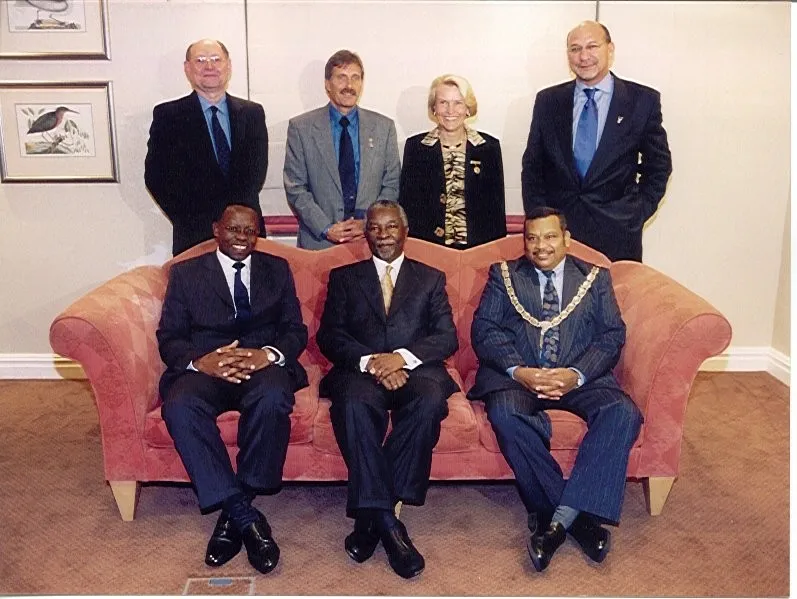
The transformation of SAICE leadership continued, with Trueman Goba becoming the first African president of SAICE in 2002 and the late Faried Allie becoming the first Coloured president and the first technologist president in 2003. During those years, SAICE had an active transformation committee which hosted events targeted at young female and black engineering practitioners to understand their challenges and alert industry about the need to be more accommodating.
The photo was taken at SAICE’s Centenary banquet in 2003. President Thabo Mbeki was the guest speaker, accompanied by Minister Trevor Manuel, who was Faried’s long-time friend from the ‘hood’. The SAICE 100×100 initiative was launched led by Dudu Mkhize, an expert in maths teaching, to find a 100 black matriculants to enrol as student civil engineers. Supported by Jones and Wagner, consulting engineers, the programme has long since made the target and is now known as SAYEP – South African Youth into Engineering Programme.

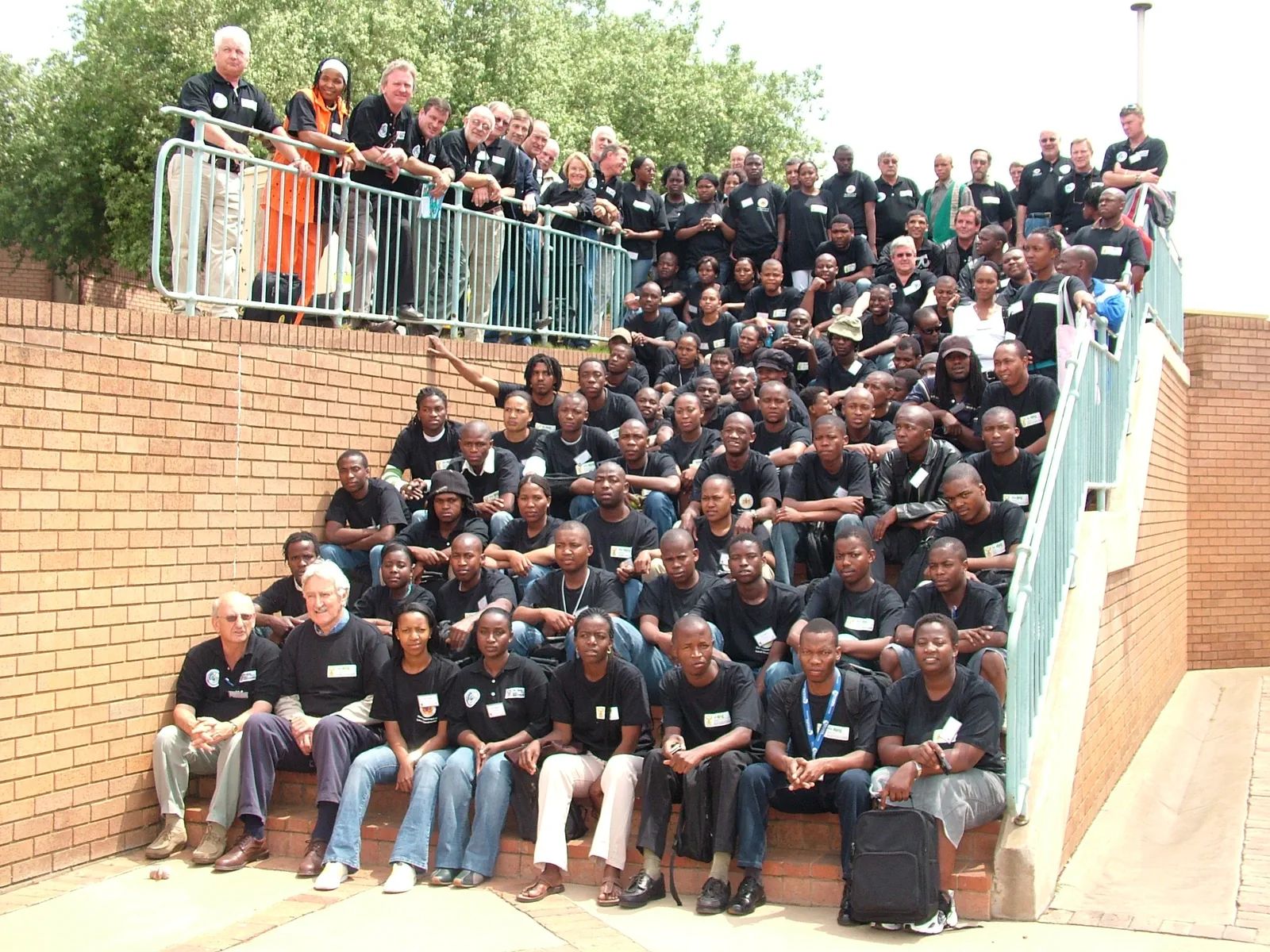
During the ensuing years, I carried out much research to understand the challenges highlighted in 2000. I concluded that university capacity needed to be expanded, quality had to be addressed in many instances and graduate training needed to be encouraged and supported as it had all but ceased with the introduction of the SETAs. As a result of the findings published in Numbers & Needs, the government invested into expanding engineering programmes, the number of graduates started to grow after the low numbers in the early 2000s and the graduate profile was considerably different from that in 1973. The tireless work of SA WISE and WomEng contributed to the growing number of female graduates.
My research has also engendered the need to support local government. Many graduate training programmes, technical courses and the Road to Registration courses were initiated. The photo shows a considerably transformed group of trainees in local government.

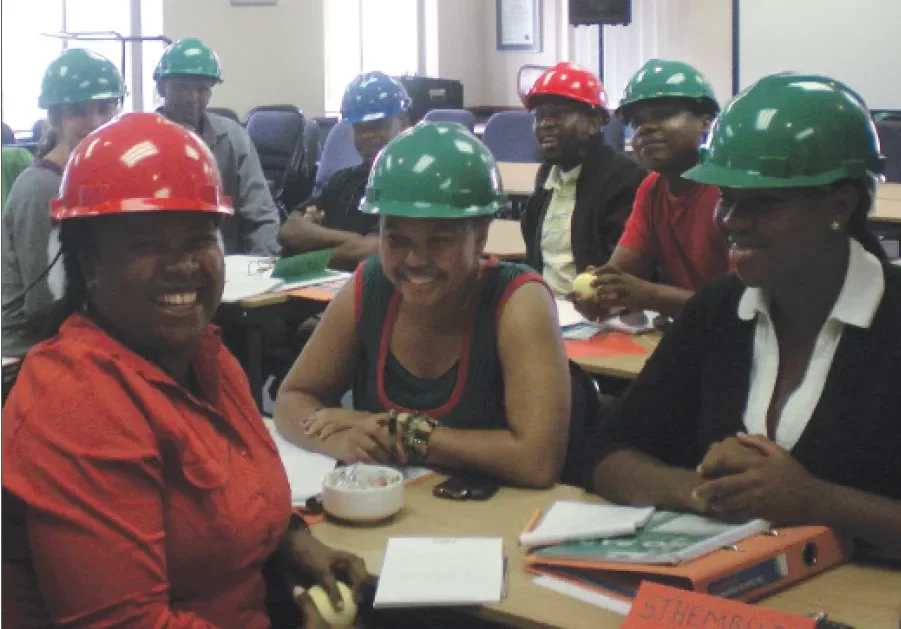
The announcement of the Strategic Integrated Projects (SIPs) in 2012 marked a new era for infrastructure development and for the government to understand and support our skills development needs. In conjunction with the late DDG, Adrienne Bird, in the Department of Higher Education and Training, the CIDB Training Standard was developed which allows public sector bodies to specify the training of apprentices and candidates on large projects as a tender requirement. It also finally offered the opportunity to recognise and fund graduate training. In November 2018, 15 years after starting the campaign, Candidacy was added to the learning regulations, allowing companies to access funds towards their graduate training efforts. Diversity and Inclusion became of pillar of the SAICE Growing Forward strategy and progress continues to be seen in the workplace, in classes and in the profile of delegates attending courses. By 2020 the graduate infographic was considerably different from the one at the outset of my career.